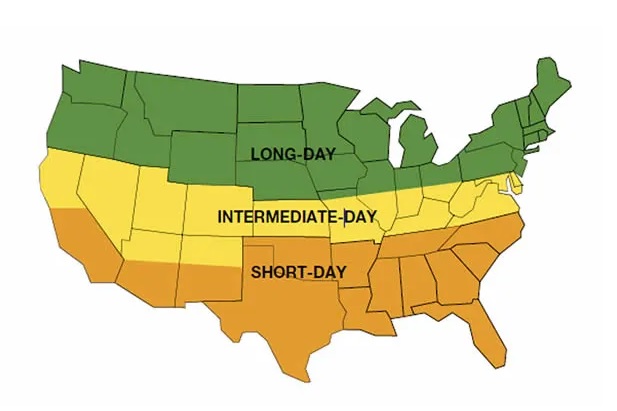Type: Hybrid (F1)
Relative Days: 120
Skin Color: Red / Violet
Bulb Shape: Globe
Day Length: Long (semi-long)
Storage Length: Medium to Long
Life Cycle: Annual
Characteristics:
Darko F1 Onion is a hybrid neutral-day variety maturing in about 120 days. This large, high-quality Spanish type stands out with its striking red-violet color and attractive internal structure. Highly adaptable, Darko performs well in a wide range of soils and growing conditions, showing strong resistance to stress from heat, cold, or excess moisture.
With excellent yields and uniform globe-shaped bulbs, it is well suited for both fresh market and storage, holding for up to 5–6 months. Its durability, combined with suitability for mechanical harvest, makes Darko a dependable and versatile choice for growers.

Onion (Allium cepa)
The term "dry onion" distinguishes them from green onions, which are harvested while still green, often before the bulb has fully formed. Dry onions (Allium cepa), a member of the Amaryllidaceae family, originated in Central Asia, with relatives such as garlic, leeks, chives, Welsh onions, and shallots.
Temperature
Onions can tolerate a wide range of temperatures and are frost-hardy. Leaf, root, and bulb development occur in cool temperatures ranging from 55°F to 75°F, with optimal leaf growth between 68°F and 77°F. Once bulbing begins, onions can withstand temperatures above 75°F.
Soil
Onions thrive in friable soils that contain high levels of organic matter and offer good water infiltration and moisture retention. The soil should not be compacted, and the pH should range between 5.8 and 6.6. Sandy loams and muck soils are commonly used for onion cultivation. For sweet Spanish onions, soils with low sulfur levels (below 40 ppm) are ideal.
Planting
Onions can be started from transplants or sets. Transplants are seeded in greenhouses 10-12 weeks before field planting. As a cool-season crop, onions can be transplanted as early as mid-March. When growing transplants, the tops should be trimmed to about 4 inches to encourage sturdy growth. Sets, which are small bulbs from the previous year, can be planted later in the season and still yield a marketable crop.
Spacing
• In-row: 1/2 to 3 inches
• Between rows: 12 to 18 inches
Harvest
Onions are typically harvested when one-third to one-half of the tops have fallen over. Bulbs are pulled from the soil after being loosened with a disk and are then topped about 1 inch above the bulb. To prevent rot, onions must be properly cured (dried) in the field, under open shade, or by artificial means before storage. Curing can take 2-4 weeks, depending on weather conditions. In humid and wet regions, onions are usually removed from the field for curing. For high-quality marketing, onions should be graded by size and color, and checked for insect damage. When stored at 32°F and 65-70% relative humidity, onions can last 1-8 months, depending on the variety.
For more information, please see links below:
- University of Georgia - Onion Production
- USDA - Onion Guide
- University of California - Onion Production
Downloadable Copy:
Please click here to download a printable version.





